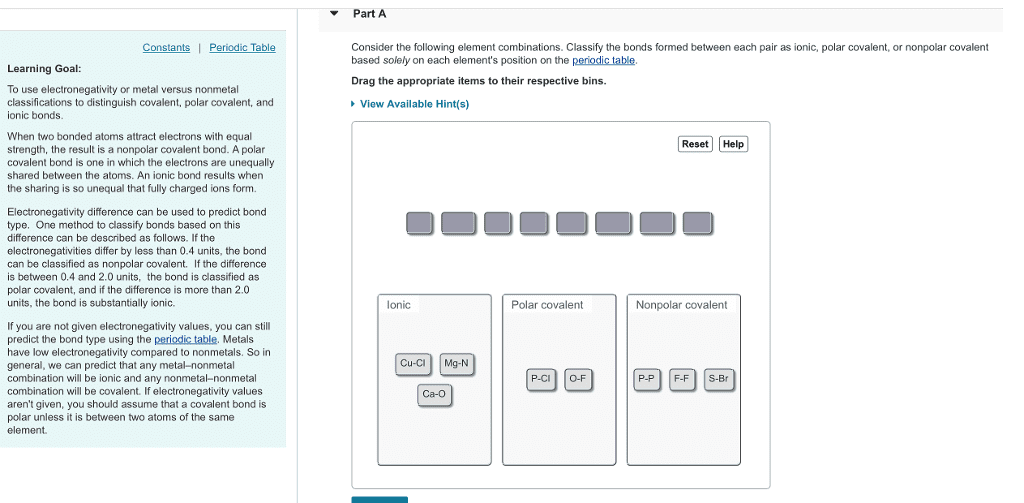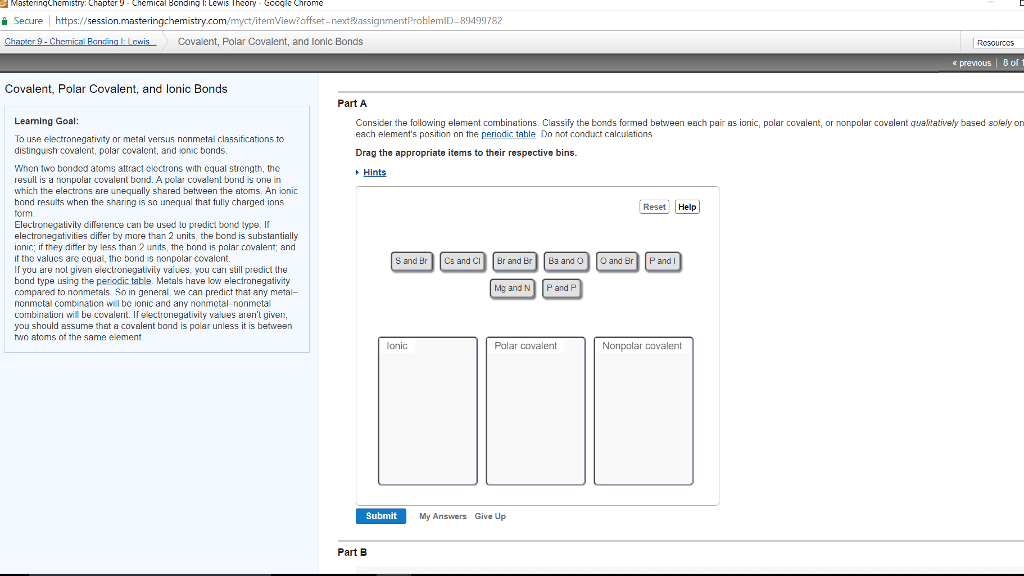CH 101 Midterm: Exam 3 Study Guide
Document Summary
Electronegativity- the ability of an atom to attract electrons to itself in a chemical bond: results in polar and ionic bonds. Increases across a period on the periodic table: decreases down a column (group) on the periodic table, degree of polarity in a chemical bond depends on the electronegativity difference between the two bonding atoms. The bigger the difference, the more polar the bond. If there is a large electronegativity difference between the two atoms in a bond, such as between a metal and nonmetal, the bond is ionic. Dipole moment- occurs anytime there is a separation of positive and negative charge: = qr. If any atoms lack an octet, form double or triple bonds as necessary to give them octets: double check your work. More accurately reflects the delocalization of electrons. The sum of all formal charges in a neutral molecule must be zero.




